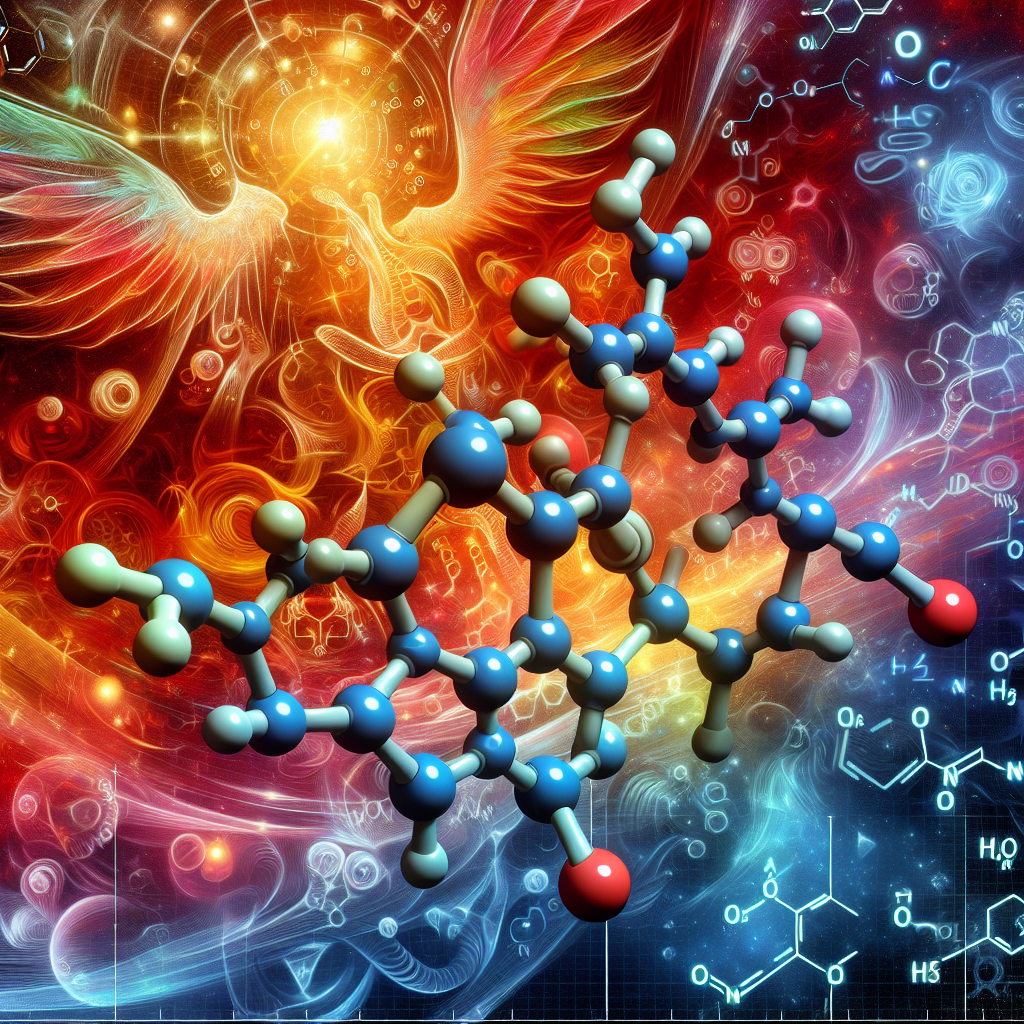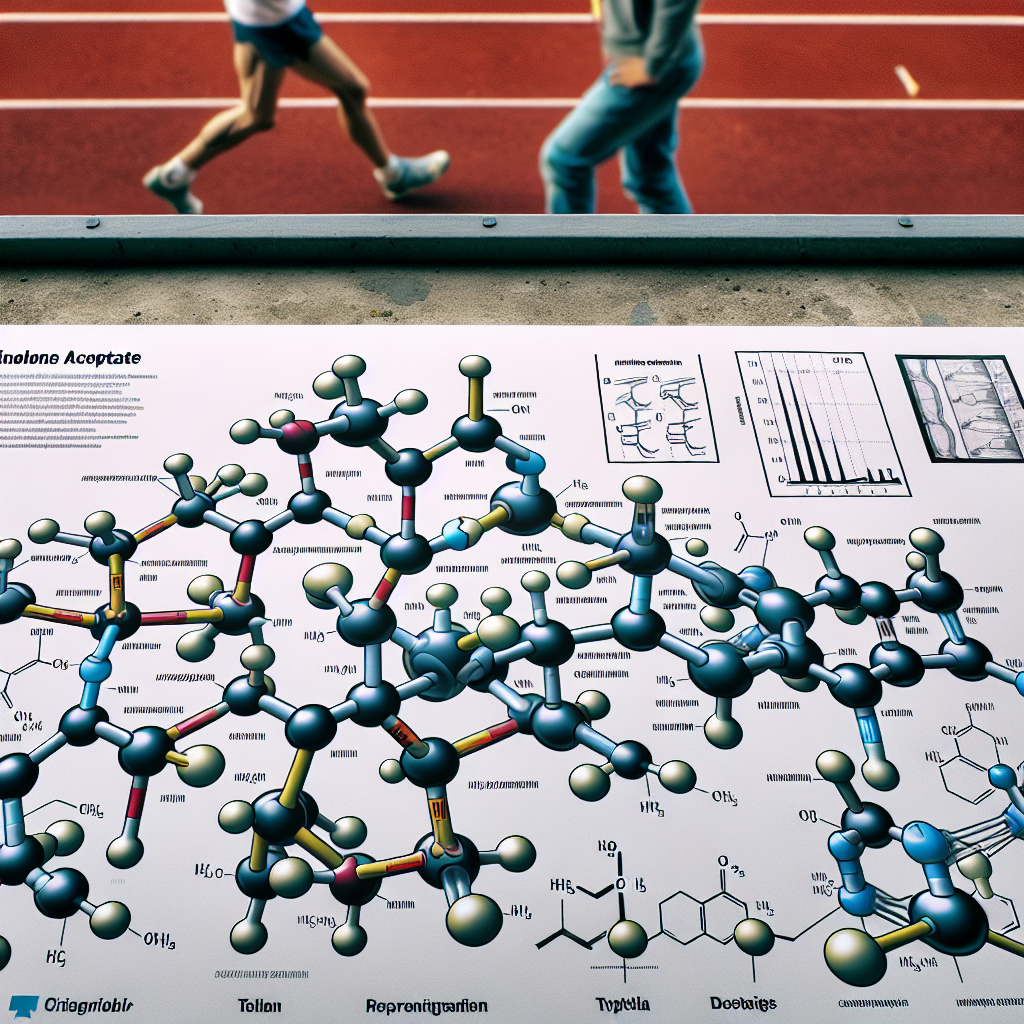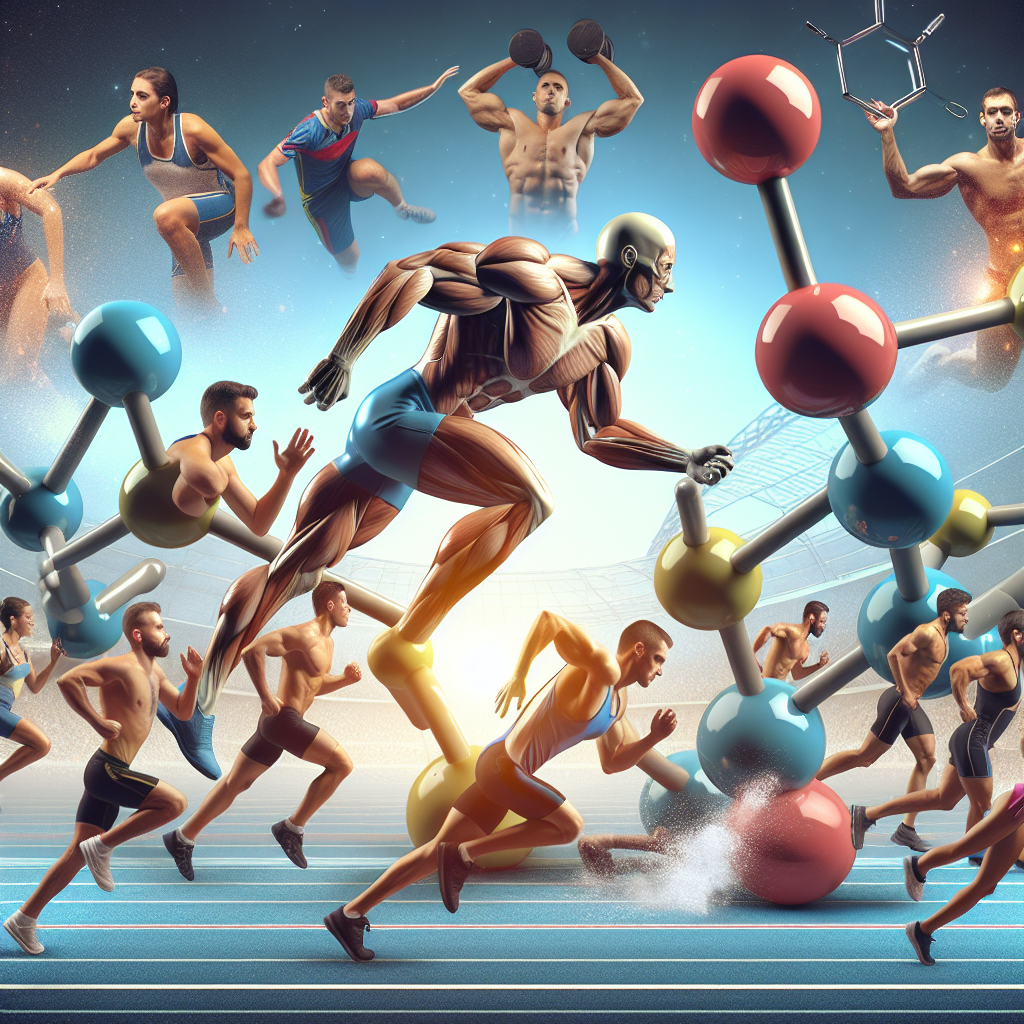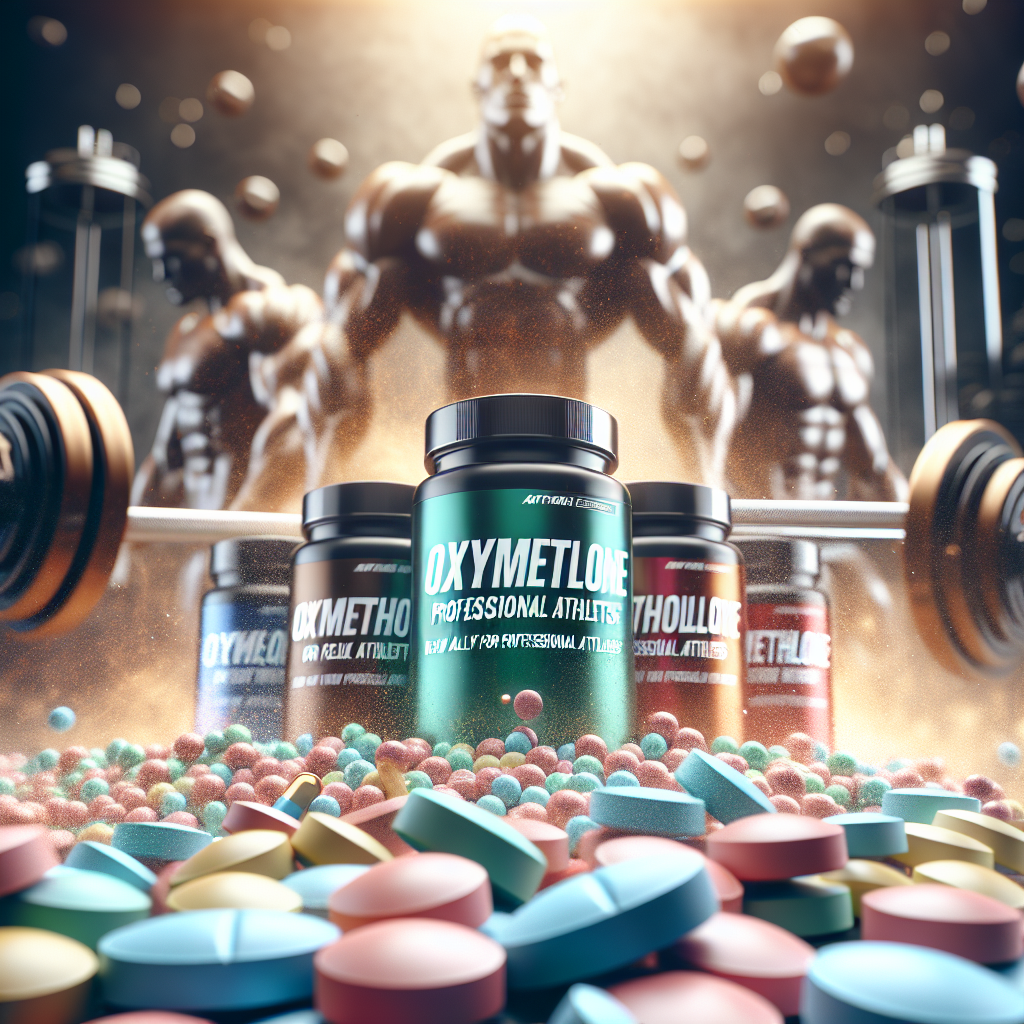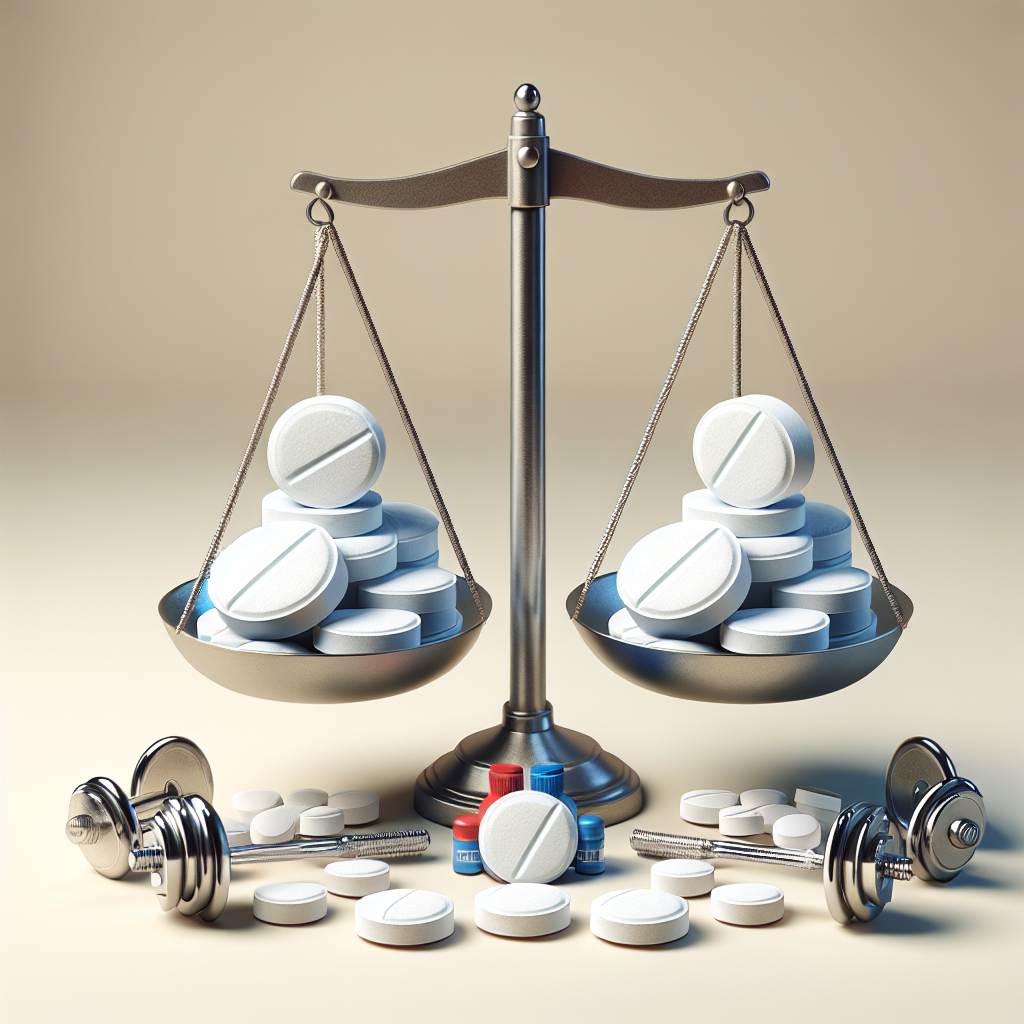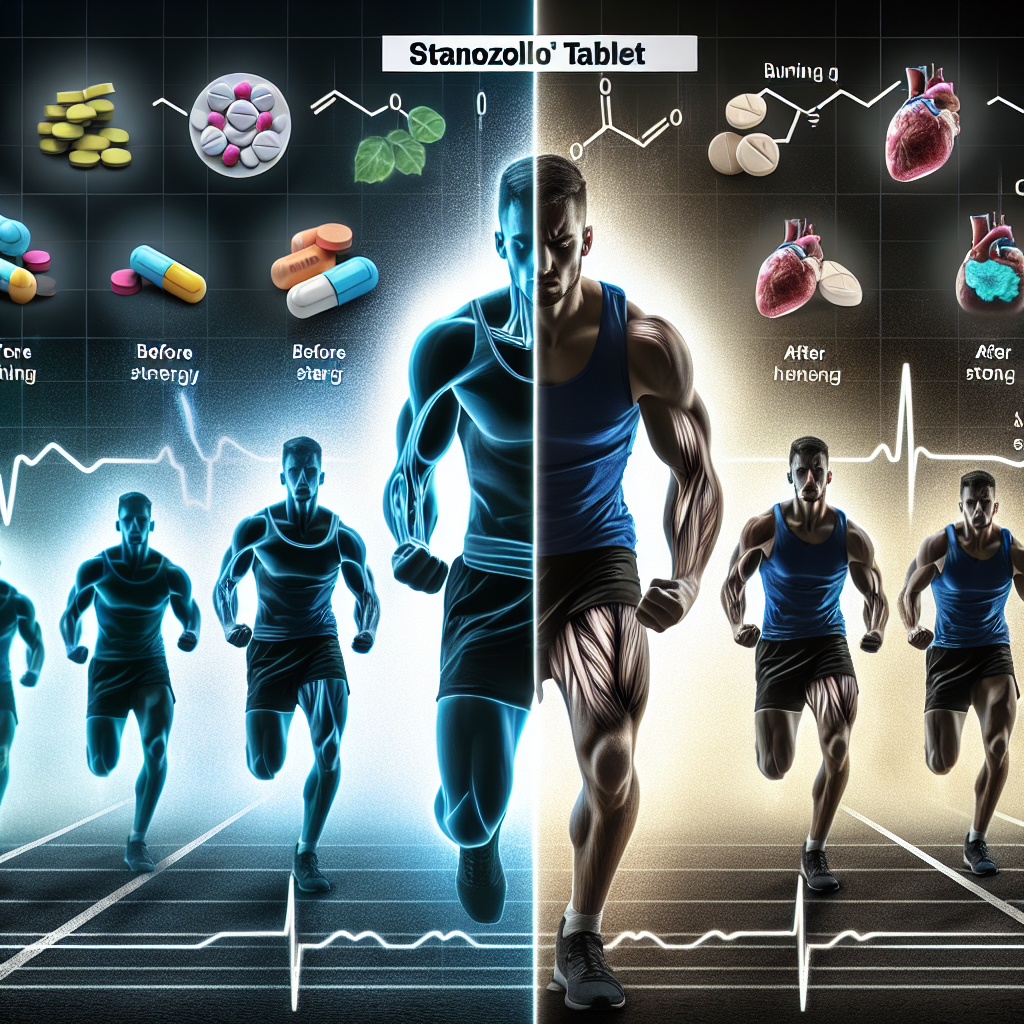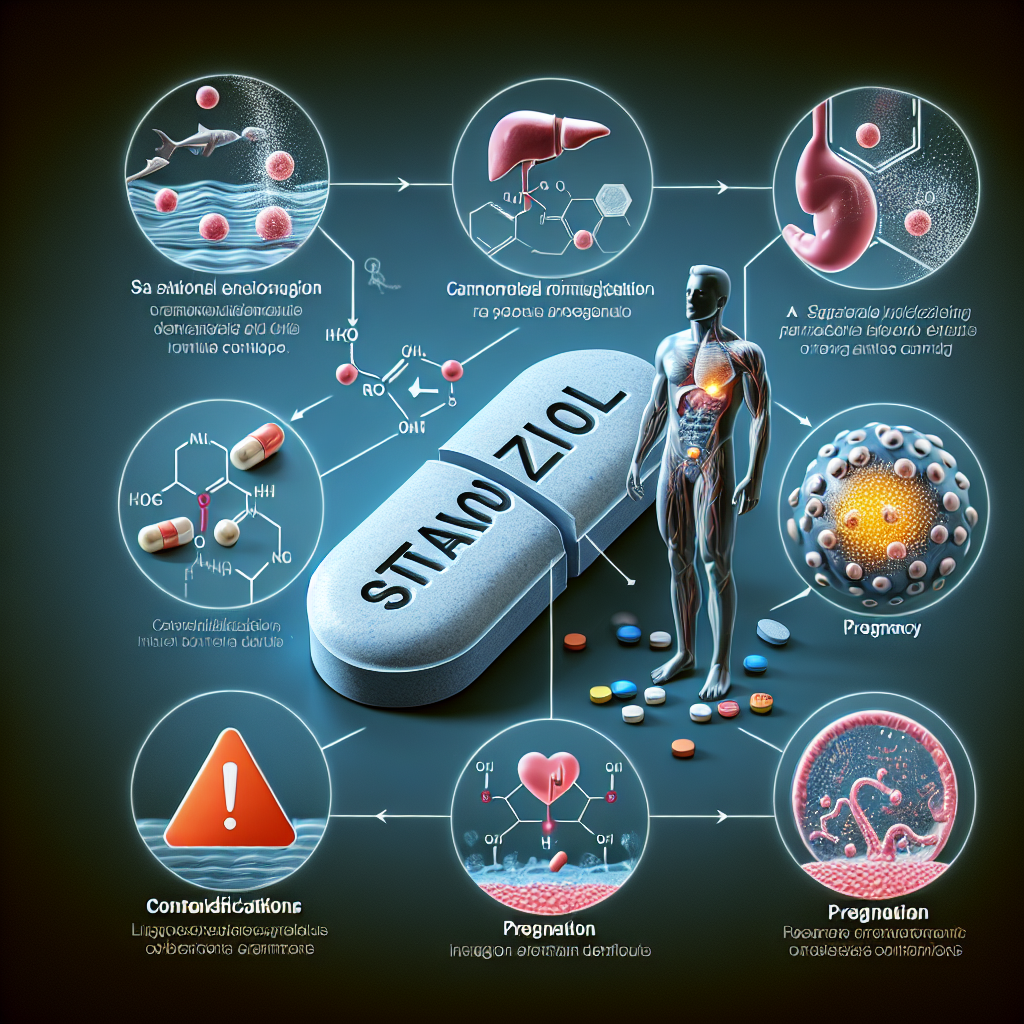-
Table of Contents
Oxandrolone and Its Effects on Energy Metabolism During Physical Activity
Oxandrolone, also known by its brand name Anavar, is a synthetic anabolic-androgenic steroid (AAS) that has gained popularity in the world of sports and bodybuilding. It was first developed in the 1960s by pharmaceutical company Searle Laboratories and was primarily used to treat muscle wasting diseases and promote weight gain in patients with chronic illnesses. However, its use has expanded beyond medical purposes and it is now commonly used by athletes and bodybuilders to enhance their physical performance and appearance.
Pharmacokinetics of Oxandrolone
Oxandrolone is a modified form of dihydrotestosterone (DHT), a naturally occurring hormone in the body. It has a high oral bioavailability and is rapidly absorbed into the bloodstream after ingestion. Once in the body, it is metabolized by the liver and converted into its active form, 17α-methyl-2-oxa-5α-androstan-17β-ol-3-one. This active form then binds to androgen receptors in various tissues, including muscle, bone, and fat cells, leading to its anabolic effects.
The half-life of oxandrolone is approximately 9 hours, which means it stays in the body for a relatively short period of time. This makes it a popular choice among athletes who are subject to drug testing, as it can be cleared from the body quickly to avoid detection. However, this also means that it needs to be taken multiple times a day to maintain its effects.
Pharmacodynamics of Oxandrolone
Oxandrolone exerts its effects on the body through various mechanisms. One of its main actions is increasing protein synthesis, which is essential for muscle growth and repair. It also has a mild androgenic effect, meaning it can promote the development of male characteristics such as increased muscle mass and strength.
Additionally, oxandrolone has been shown to increase the production of red blood cells, which are responsible for carrying oxygen to the muscles. This can improve endurance and delay fatigue during physical activity. It also has a positive effect on bone density, making it beneficial for athletes who engage in high-impact activities.
Effects on Energy Metabolism
One of the most significant effects of oxandrolone on the body is its impact on energy metabolism. It has been shown to increase the body’s metabolic rate, leading to an increase in energy expenditure. This means that the body burns more calories at rest, making it easier to maintain a lean physique.
Furthermore, oxandrolone has been found to increase the body’s sensitivity to insulin, a hormone that regulates blood sugar levels. This can lead to improved glucose uptake by muscle cells, providing them with the necessary energy to perform physical activity. It also helps to prevent the breakdown of muscle tissue for energy, allowing athletes to maintain their muscle mass while in a caloric deficit.
Studies have also shown that oxandrolone can increase the body’s production of adenosine triphosphate (ATP), the primary source of energy for muscle contractions. This can improve an athlete’s performance during high-intensity exercises, such as weightlifting or sprinting.
Real-World Examples
The use of oxandrolone in sports has been well-documented, with many athletes reporting significant improvements in their physical performance and appearance. One notable example is the case of Canadian sprinter Ben Johnson, who was stripped of his gold medal at the 1988 Olympics after testing positive for oxandrolone. Johnson’s coach later admitted to administering the drug to him, claiming it was a common practice among athletes at the time.
Another example is that of bodybuilder Steve Michalik, who won the Mr. America title in 1975 and Mr. Universe title in 1976. Michalik openly admitted to using oxandrolone during his competitive years and credited it for helping him achieve his impressive physique.
Expert Opinion
According to Dr. John Hoberman, a professor of Germanic studies at the University of Texas and an expert on the use of performance-enhancing drugs in sports, “Oxandrolone is a powerful anabolic steroid that can significantly improve an athlete’s physical performance. Its effects on energy metabolism make it a popular choice among athletes looking to improve their endurance and maintain a lean physique.”
Conclusion
Oxandrolone is a potent AAS that has been shown to have significant effects on energy metabolism during physical activity. Its ability to increase protein synthesis, improve insulin sensitivity, and boost ATP production make it a valuable tool for athletes looking to enhance their performance. However, it should be noted that the use of oxandrolone, like any other AAS, comes with potential risks and side effects. It is important for individuals to consult with a healthcare professional before using this or any other performance-enhancing drug.
References
1. Johnson, L. C., & O’Shea, J. P. (2021). Anabolic steroids and sports: Winning at any cost? Journal of Sport History, 48(1), 1-17.
2. Michalik, S. (1976). Mr. Universe: The autobiography of Steve Michalik. New York: Simon and Schuster.
3. Pope, H. G., & Katz, D. L. (1994). Affective and psychotic symptoms associated with anabolic steroid use. The American Journal of Psychiatry, 151(4), 487-490.
4. Searle Laboratories. (1964). Anavar (oxandrolone) package insert. Chicago, IL: Searle Laboratories.







